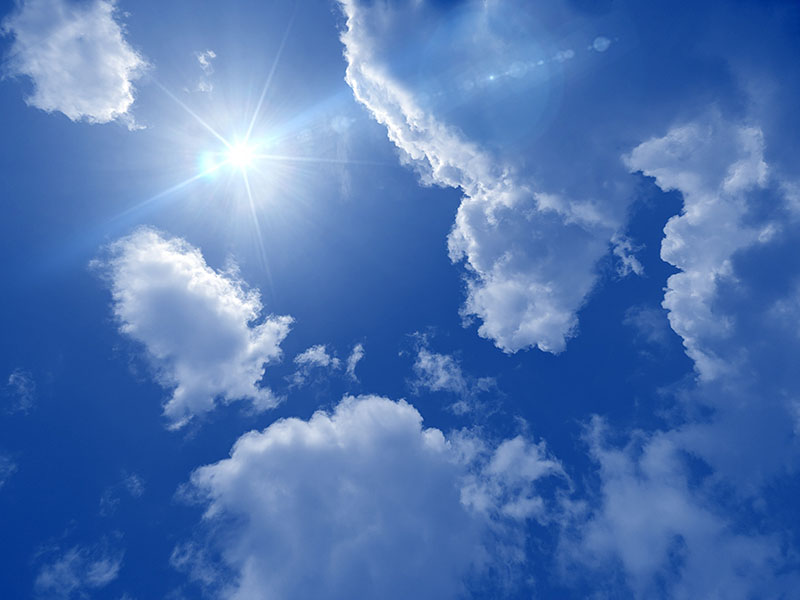According to the IPCC's 4th Assessment Report (2007), observed changes that are thought to be due to climate change include:
- Rising sea level
- Decreases in snow and ice extent
- Changes in rain and snowfall (i.e. precipitation) patterns. Between 1900 to 2005, the trend in some parts of the globe (parts of North and South America, northern Europe and northern and central Asia) has been towards increasing precipitation, whilst other areas (the Sahel, the Mediterranean, southern Africa and parts of southern Asia) have tended towards less precipitation. Since 1970 the area of the planet affected by drought appears to have increased
- Limited evidence of an increase in intense tropical cyclone activity in the North Atlantic since about 1970
- Changes in snow, ice and frozen ground have increased the number and size of glacial lakes, increased ground instability in mountain and other permafrost regions and led to changes in some Arctic and Antarctic ecosystems
- Some rivers, lakes, streams have also been affected through increased runoff and earlier spring peak discharge in many glacier- and snow-fed rivers
- Changes in water quality of warming rivers and lakes has been observed
- In terrestrial ecosystems, earlier timing of spring events and shifts in plant and animal ranges (towards the poles and towards higher altitudes)
- In some marine and freshwater systems, shifts in ranges and changes in algal, plankton and fish abundance
- Also in marine and freshwater systems, changes in ice cover, salinity (salt concentrations) and oxygen levels.
In their report, the IPCC attached high confidence to the above changes being due to climate change. Other changes may also be the result of climate change but the IPCC was less certain of this. They include:
- Agricultural and forestry management at Northern Hemisphere higher lattitudes, such as earlier spring planting of crops, more forest fires and outbreaks of forest pests
- Some aspects of human health, such as heat-related deaths in Europe, changes in infectious disease-carrying organisms in some areas, and allergy-causing pollen in Northern Hemisphere high and mid-latitudes
- Some human activities in the Arctic (e.g. hunting and travel over snow and ice) and in lower-elevation alpine areas (such as mountain sports).
Some observed impacts in the UK
There is evidence that some of the impacts listed above are happening in the UK. Here we list a few examples:
- Sea level rise: according to UK Met Office, sea levels around the UK have risen about 10 centimetres since 1900
- Effects on plants and animals: according to Natural England, some birds appear to be laying eggs earlier in the spring. The UK Met Office notes that the UK's growing season has lengthened due to Spring starting earlier and the delayed onset of autumn/winter. There are observations of other changes in nature, from butterflies appearing earlier in the year to birds changing their migration patterns
- Changes in marine ecosystems: there is evidence of northerly movement of plankton species typically found in warmer waters, as well as shifts in the seasonal cycles of some species [CPR Survey].
